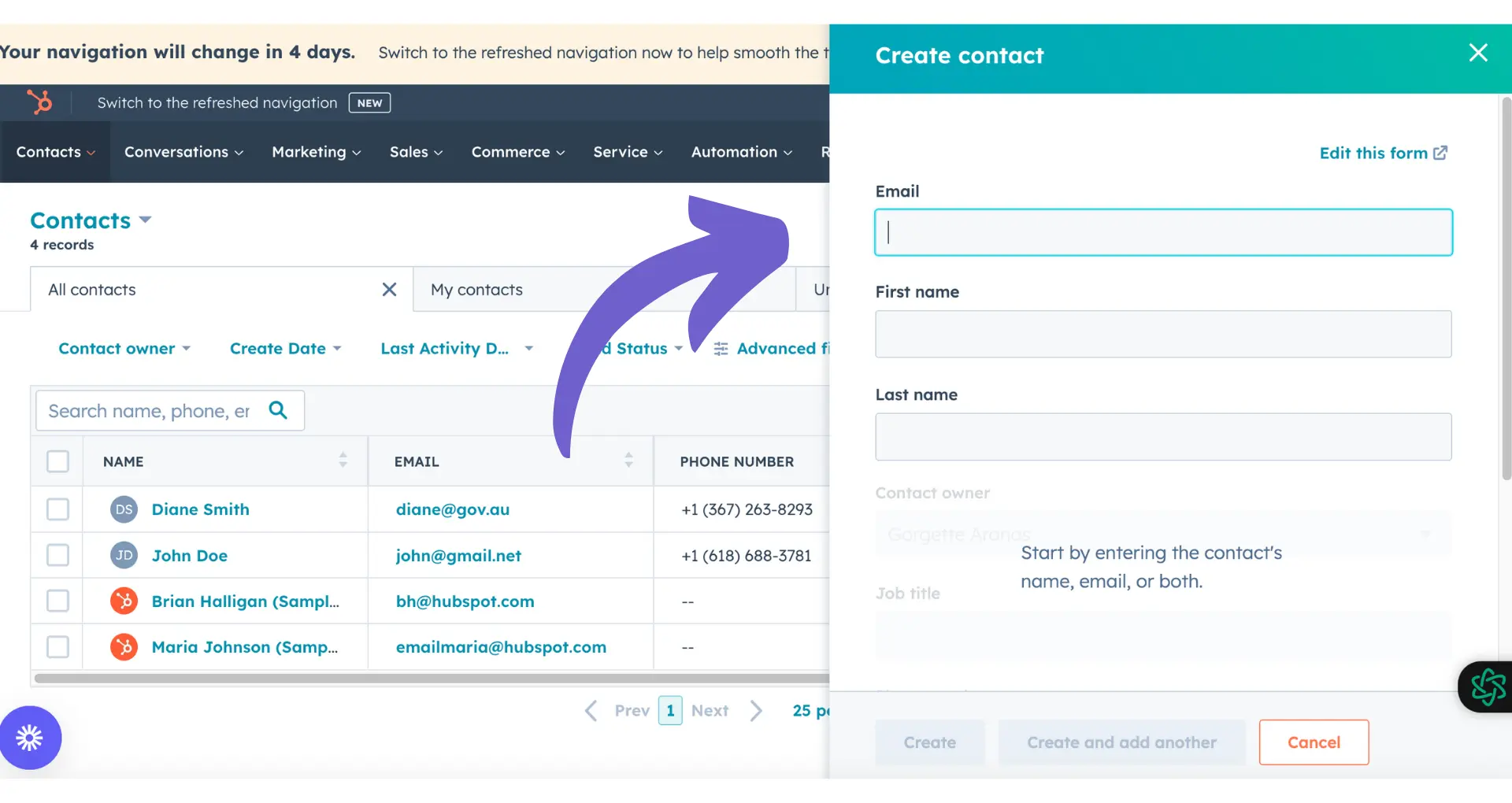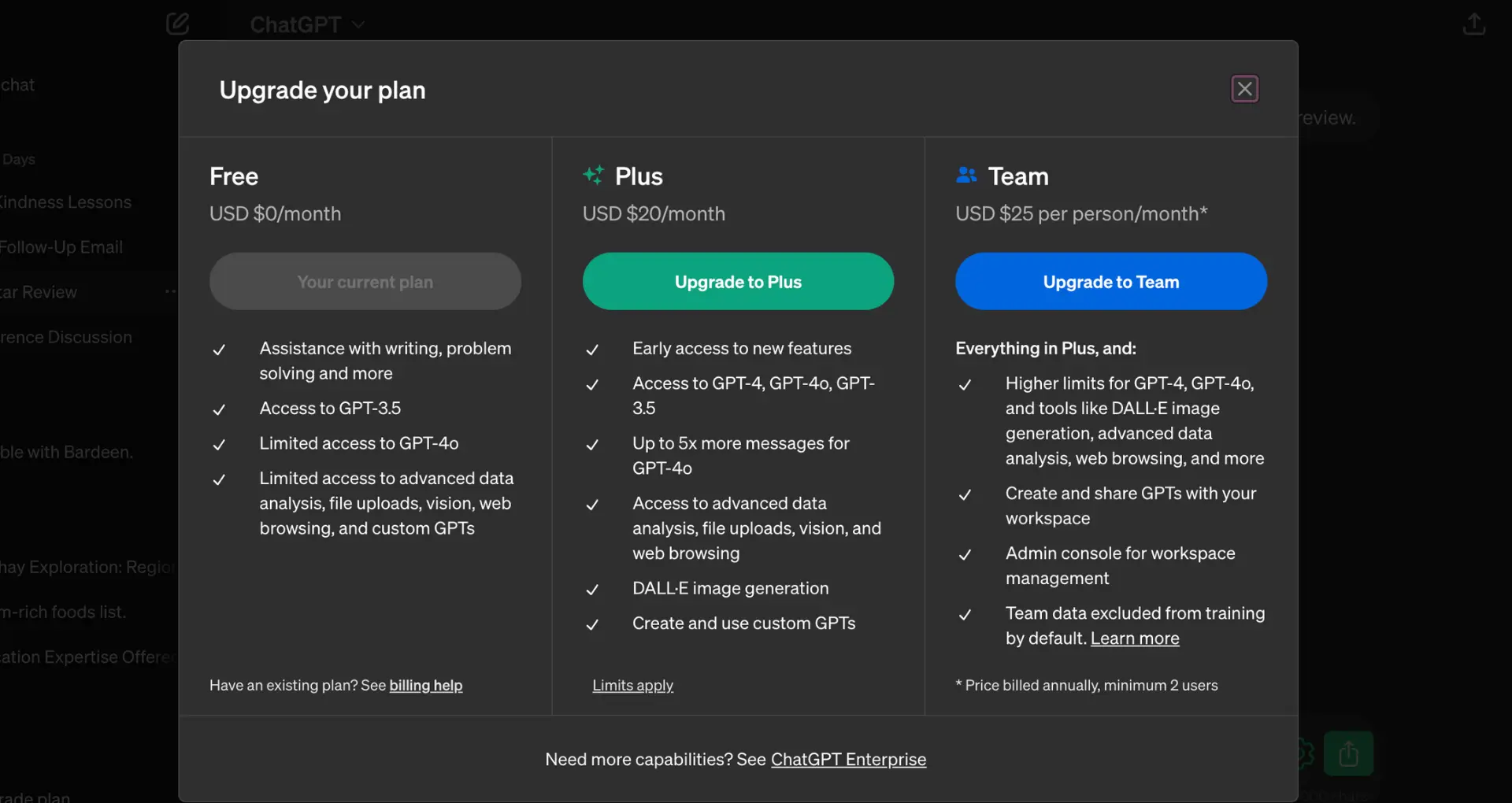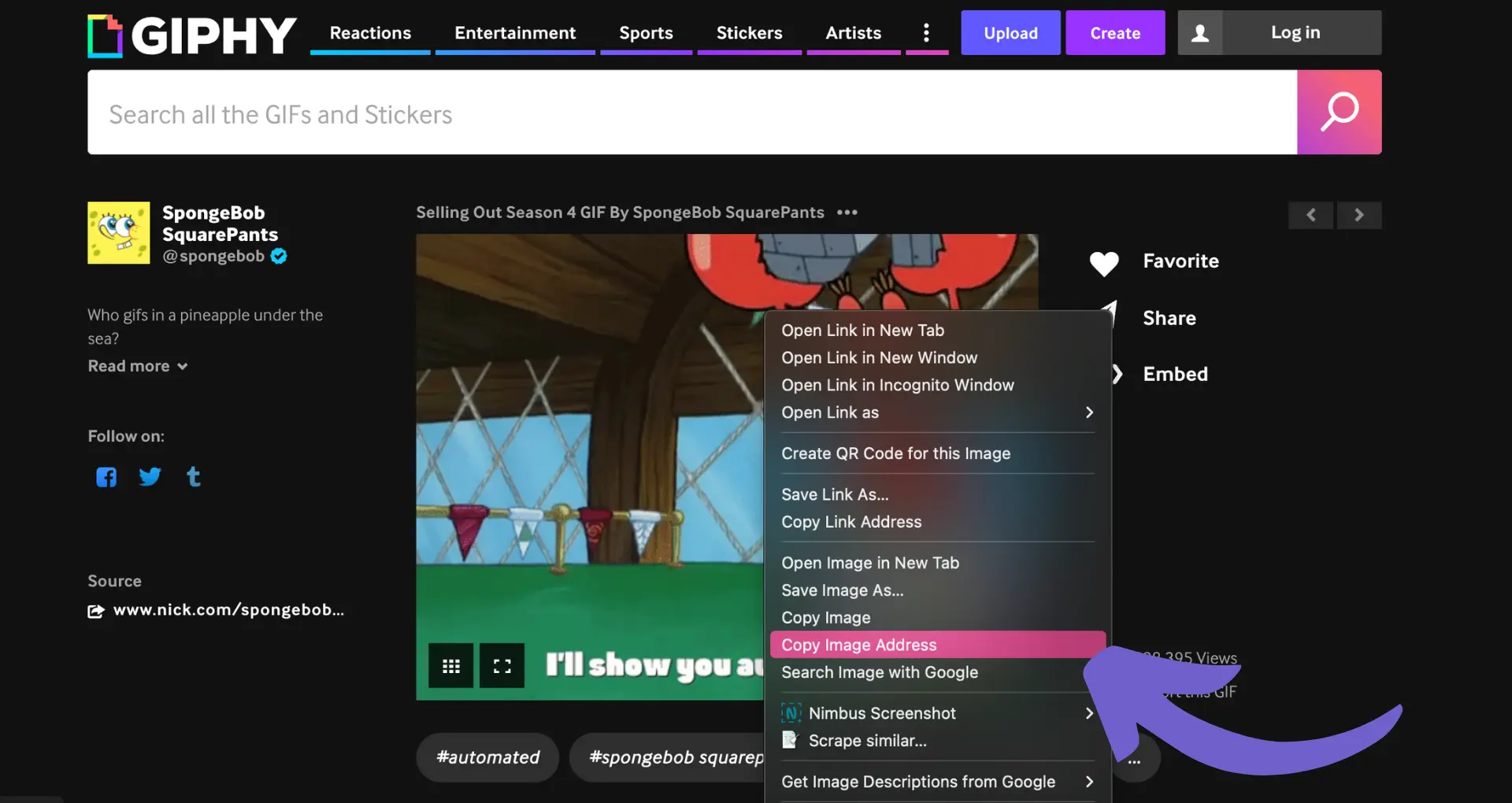Choosing the right font for your DocuSign documents and fields is crucial for maintaining a professional appearance and ensuring readability. In this comprehensive guide, we'll explore the supported fonts in DocuSign, how to troubleshoot common font issues, and best practices for selecting fonts that enhance your documents.
Whether you're a business owner, legal professional, or frequent user of DocuSign, mastering font usage will save you time and frustration while creating polished, effective documents. Get ready to become a DocuSign font expert and elevate your document game!
Understanding DocuSign's Font Support
DocuSign supports a variety of font types to ensure your documents look professional and consistent. Let's explore the different font types supported, limitations on custom or embedded fonts, and the differences between fonts for documents and DocuSign fields.
1. Supported Font Types
DocuSign supports the most common font file formats, including:
- OpenType (.otf)
- TrueType (.ttf)
- PostScript Type 1 (.pfb, .pfm)
These font types are widely used and compatible with most operating systems and software, ensuring your documents maintain their formatting across devices. For more advanced document management, you might consider integrating Google Docs.
2. Custom and Embedded Font Limitations
While DocuSign supports a wide range of fonts, there are some limitations when it comes to custom or embedded fonts. Custom fonts may not always render correctly on all devices or platforms, especially if the recipient doesn't have the font installed on their system.
To ensure maximum compatibility, it's best to stick with commonly used fonts like Arial, Times New Roman, or Helvetica when creating documents for signing. For seamless workflow, you can connect Google Drive with other apps.
3. Fonts for Documents vs. DocuSign Fields
It's important to note that there is a difference between the fonts supported for the actual document content and the fonts available for DocuSign fields or tabs.
For document content, you can use any of the supported font types mentioned earlier. However, for DocuSign fields and tabs, such as signature or initial boxes, you are limited to a pre-defined set of fonts provided by DocuSign.
This ensures that the fields remain consistent and legible across all documents and platforms.
DocuSign's font support is designed to provide flexibility while maintaining document integrity. By understanding the supported font types, limitations on custom fonts, and the differences between document and field fonts, you can create professional and compatible documents for signing. For more advanced document techniques, consider learning about AI email management.
In the next section, we'll dive deeper into the specific fonts supported for documents in DocuSign, helping you make informed decisions when formatting your documents.
Fonts Supported for Documents in DocuSign
When uploading documents to DocuSign, it's essential to use supported fonts to ensure your documents maintain their formatting and appear as intended. Let's explore the most commonly supported fonts, what happens when using unsupported fonts, and tips for embedding or converting fonts before uploading.
1. Commonly Supported Fonts
DocuSign supports a wide range of fonts for documents, including:
- Arial
- Calibri
- Courier New
- Helvetica
- Times New Roman
- Verdana
These fonts are widely used and compatible with most operating systems, ensuring your documents will display correctly for all signers.
2. Unsupported Font Consequences
If you use an unsupported font in your document, DocuSign will attempt to find a similar supported font as a replacement. However, this can lead to formatting issues, such as:
- Text appearing in a different font
- Characters being replaced with symbols or boxes
- Alignment and spacing problems
To avoid these issues, stick to the commonly supported fonts listed above.
3. Embedding or Converting Fonts
If you must use a specific font that isn't on the supported list, you have two options:
- Embed the font in the document before uploading to DocuSign. This ensures the font will display correctly, but may increase the file size.
- Convert the font to a supported format, such as OpenType or TrueType, before uploading. This can help maintain the original appearance without relying on font embedding.
Save time and effort by automating repetitive tasks with Bardeen. It can even integrate Google Sheets and other apps for a seamless workflow.
By taking these steps, you can minimize the risk of font-related issues when uploading documents to DocuSign.
Using supported fonts in your DocuSign documents is crucial for maintaining formatting consistency and ensuring a smooth signing experience for all parties involved. By sticking to commonly supported fonts or properly embedding or converting unique fonts, you can avoid potential display issues and keep your documents looking professional.
Next up, we'll explore the specific fonts available for DocuSign fields and tabs, and how they differ from the supported document fonts.
Fonts Available for DocuSign Fields and Tabs
When creating fields and tabs in DocuSign, it's important to understand the available font options to ensure your documents look professional and consistent. Let's explore the list of fonts supported for fields and tabs, differences between web and mobile font support, and how to change fonts in templates or documents.
1. Supported Fonts for Fields and Tabs
DocuSign offers a variety of fonts that can be used for fields and tabs, including:
- Arial
- Calibri
- Courier New
- Helvetica
- Lucida Console
- Tahoma
- Times New Roman
- Verdana
These fonts are widely supported across different devices and operating systems, ensuring your documents maintain a consistent appearance for all signers.
2. Web vs. Mobile Font Support
While most of the supported fonts are available on both web and mobile platforms, there may be some slight differences. For example, certain fonts like MS Gothic and MS Mincho are specific to Asian languages and may not be available on all mobile devices.
To ensure the best user experience, DocuSign automatically selects a similar supported font if the specified font is not available on the signer's device.
3. Changing Fonts in Templates and Documents
When creating a template or document in DocuSign, you can easily change the font for fields and tabs. Simply select the desired field or tab, and choose the font from the available options in the properties panel.
Keep in mind that changing the font for a specific field or tab will override any default font settings you may have set for your account or document.
By using supported fonts for DocuSign fields and tabs, you can maintain a professional and consistent look across your documents. Remember to consider the differences between web and mobile font support, and easily change fonts as needed in your templates and documents. If you need more help with your document workflows, consider how to integrate Excel with DocuSign for enhanced productivity.
Now that you're familiar with the fonts used for DocuSign fields and tabs, let's dive into troubleshooting common font issues that may arise.
Troubleshooting Font Issues in DocuSign
When using DocuSign, you may encounter various font-related issues that can affect the appearance and readability of your documents. Common problems include missing fonts, garbled characters, or unexpected font substitutions. By understanding these issues and following best practices, you can ensure your documents look professional and maintain their integrity throughout the signing process.
1. Identifying Common Font Problems
One of the most frequent font issues in DocuSign is missing fonts. This occurs when a document uses a font that is not supported by the platform. As a result, the text may appear as garbled characters or be replaced with a default font, altering the document's layout and design.
Another common problem is unexpected font substitutions. Even if a font is supported, DocuSign may replace it with a similar font if the original is not available on the signer's device. This can lead to slight variations in the document's appearance.
2. Resolving Font Issues Step-by-Step
To resolve font problems in DocuSign, start by identifying the problematic fonts in your document. Compare the original file with the DocuSign version to pinpoint any discrepancies.
Next, consult the list of supported fonts for DocuSign documents. If the font is not supported, consider replacing it with a compatible alternative. For best results, stick to widely available fonts like Arial, Times New Roman, or Verdana.
If the font is supported but still causing issues, try embedding the font in the document before uploading it to DocuSign. This ensures that the font information is included within the file itself, reducing the risk of substitutions or missing fonts.
Save time and avoid errors by using Bardeen to automate repetitive tasks like preparing documents. Check out how you can integrate Dropbox with other apps to ensure your files are always compatible and accessible.
3. Preventing Future Font Problems
To avoid font issues in the future, familiarize yourself with the list of supported fonts for DocuSign documents and fields. When creating documents, stick to these fonts to ensure compatibility and consistency.
If you must use a custom or unique font, consider converting the text to outlines or paths before uploading the document. This preserves the appearance of the text, regardless of the fonts available on the signer's device.
Finally, always test your documents in DocuSign before sending them to signers. This allows you to catch any font issues early and make necessary adjustments. For more tips on resolving such issues, check out our guide on buying signals in sales.
By following these troubleshooting steps and best practices, you can minimize font issues in DocuSign and ensure your documents look professional and maintain their integrity. We appreciate you taking the time to read through this guide and hope you found it informative and engaging. Remember, a well-formatted document is like a well-tailored suit - it makes a great impression!
Conclusions
Understanding the fonts DocuSign uses is crucial for creating professional, compatible documents. This guide covered:
- Font types supported by DocuSign and limitations on custom or embedded fonts
- Commonly supported fonts for uploaded documents and how to handle unsupported fonts
- Fonts available for fields and tabs, including differences between web and mobile
- Troubleshooting common font issues and best practices for avoiding future problems
By mastering the information in this guide, you'll create polished, error-free documents in DocuSign. Don't let poor font choices derail your important agreements! For more tips on optimizing your documents, check out our guide on building a robust prospect list.






